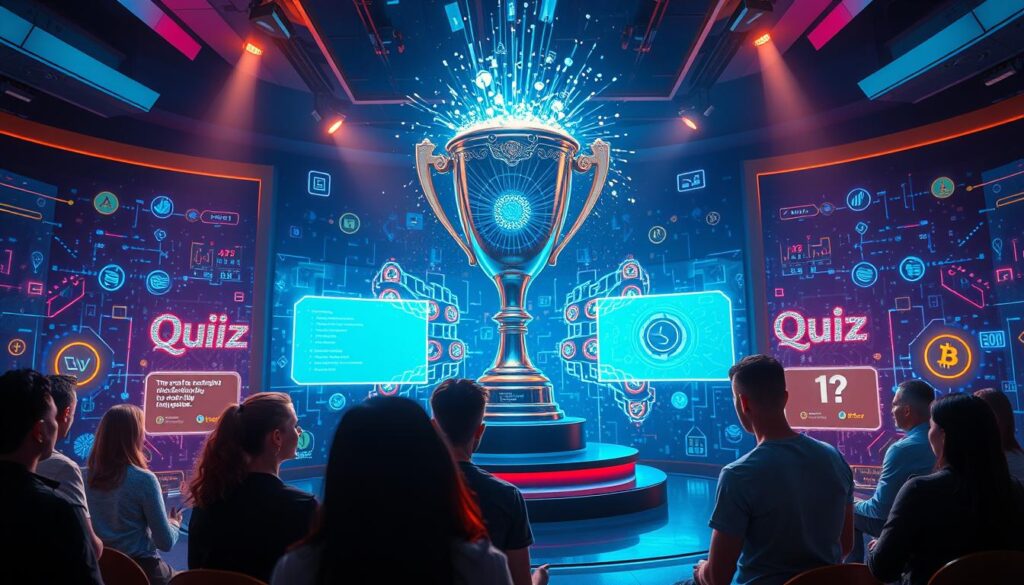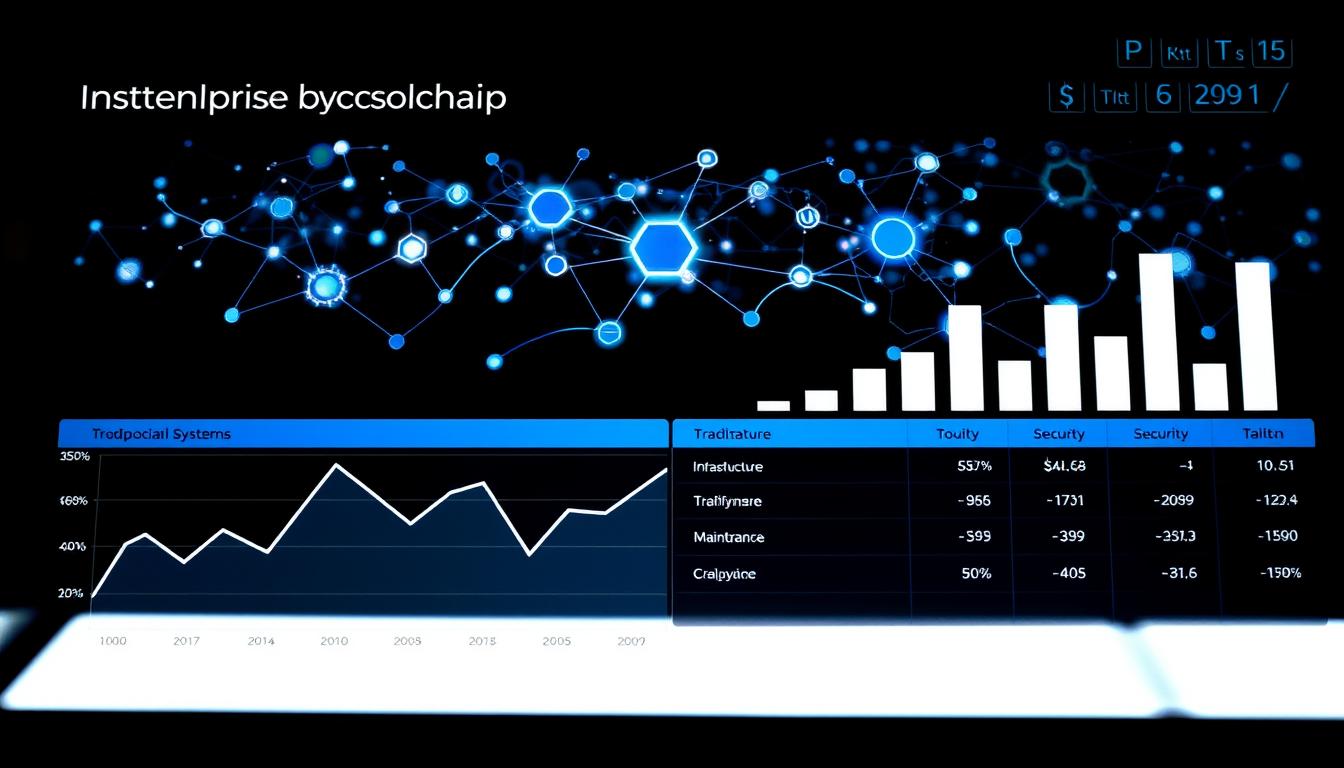Now Reading: NFT Metadata Optimization for Better Visibility Explained
- 01
NFT Metadata Optimization for Better Visibility Explained
NFT Metadata Optimization for Better Visibility Explained
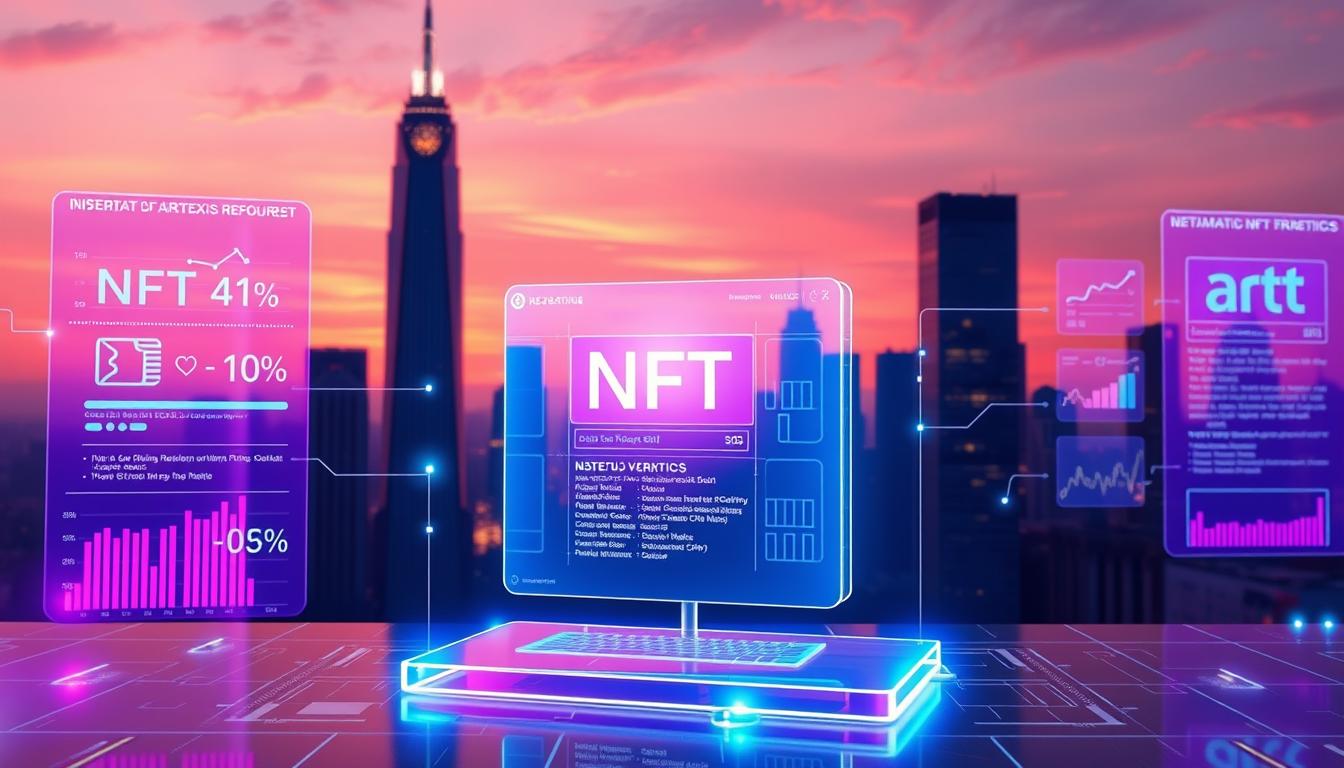
The digital collectibles space has exploded since 2022, with Chainalysis reporting over 2 million active wallets. By 2025, this market spans art, gaming, and virtual real estate, creating fierce competition. Creators now face a critical challenge: making their projects stand out in crowded marketplaces.
Traditional search engine strategies merge with Web3 techniques in this new landscape. Properly structured asset details help platforms index content effectively, while smart SEO tips for digital collectibles boost discovery across search engines and specialized hubs. This dual approach bridges the gap between casual browsers and serious collectors.
Success requires more than technical adjustments. Building engaged communities and crafting compelling stories around digital assets proves equally vital. Projects combining these elements see improved rankings and sustained buyer interest over time.
Key Takeaways
- Active wallets doubled since 2022, signaling massive market growth
- Search engine principles adapt uniquely to digital asset platforms
- Asset details structure directly impacts marketplace indexing
- Hybrid strategies outperform single-channel approaches
- Community engagement complements technical improvements
- Regular content updates maintain search relevance
Introduction to NFT Metadata Optimization for Better Visibility
The rise of blockchain collectibles has reshaped digital economies worldwide. Over 2 million wallets now actively trade these unique items, creating fierce competition across art, gaming, and virtual spaces. Creators must adapt to reach diverse audiences, from casual enthusiasts to institutional buyers.

Understanding the Evolving Digital Collectibles Market
What began as a crypto-enthusiast movement now attracts major brands and investors. Modern collectors range from fashion houses acquiring virtual land to grandparents buying digital art. This shift demands tailored strategies for different buyer groups.
Platforms like OpenSea and Rarible have become discovery hubs. Projects ranking high here gain traction faster. Effective content organization helps marketplaces surface relevant items to interested buyers.
Overview of Search Engine Advantages
Smart technical practices boost discoverability across channels. Properly structured listings appear in Google searches and niche platforms simultaneously. This dual visibility drives organic traffic from multiple sources.
Key advantages include:
- Improved positioning on marketplace search results
- Enhanced social media sharing potential
- Stronger community engagement through targeted content
Projects combining visual storytelling with technical precision often outperform competitors. Regular updates and community interaction maintain relevance as algorithms evolve.
Why Metadata Optimization is Crucial in Today’s NFT Landscape
Digital collectible creators face a discovery paradox: more buyers exist than ever, but so does competition. Properly structured asset information acts as both a cataloging tool and a marketing engine. This dual function makes technical details the backbone of visibility.
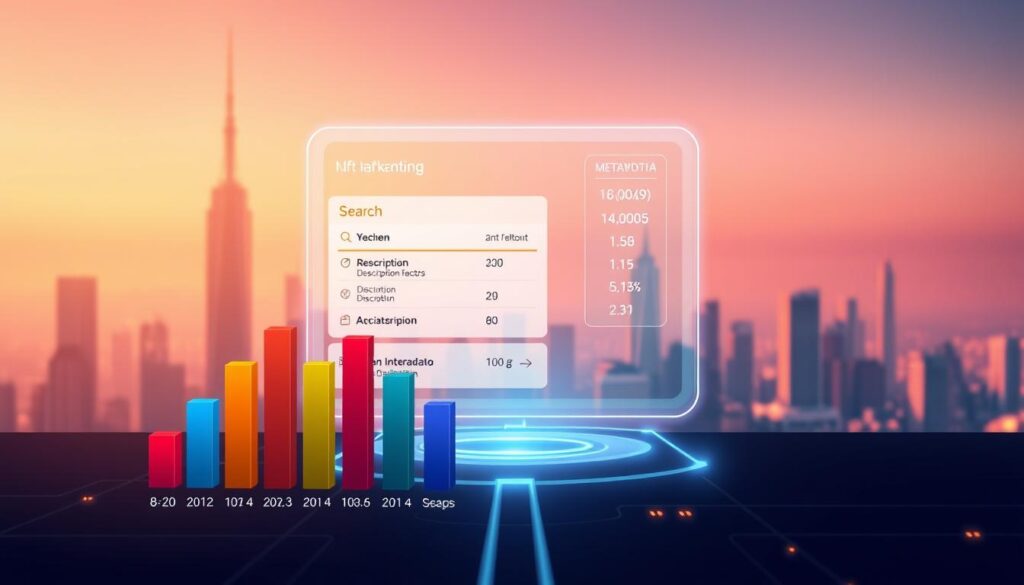
The Role of Metadata in Search Rankings
Marketplaces and search platforms use asset details to sort content. Attributes like titles, descriptions, and traits determine where items appear in results. Projects neglecting this structure often get buried under better-organized competitors.
Three factors separate successful listings:
- Platform-specific formatting requirements
- Keyword placement matching buyer search habits
- Consistent updates reflecting algorithm changes
| Marketplace | Key Metadata Focus | Search Impact |
|---|---|---|
| OpenSea | Attributes & categories | High |
| Rarible | Collection descriptions | Medium-High |
| Magic Eden | Trait rarity scoring | Critical |
Google now indexes blockchain data from major platforms. A well-optimized digital collectible can rank in traditional search results alongside marketplace listings. This crossover visibility drives organic traffic from multiple sources.
Projects balancing technical precision with creative storytelling see 3x more engagement. Regular content refreshes keep listings relevant as algorithms evolve. The result? Sustained visibility without constant marketing spend.
Conducting Effective Keyword Research for NFT Projects
Mastering search terms separates top-performing projects from the rest. Digital creators must identify phrases collectors actually use when hunting for new assets. This process bridges creative vision with technical precision.

Tools for Finding Relevant Keywords
Three platforms dominate this space. Google Keyword Planner offers free insights into general search trends. Ahrefs digs deeper with competitor analysis and long-tail phrase suggestions. SEMrush excels at tracking real-time shifts in collector behavior.
| Tool | Best For | Key Data Points |
|---|---|---|
| Ahrefs | Competitor gaps | Difficulty scores, traffic estimates |
| SEMrush | Trend tracking | Seasonal keyword spikes |
| Keyword Planner | Budget starts | Broad search volumes |
Analyzing Competitor Strategies
Study top-ranking collections to uncover patterns. Look for repeated phrases in their titles and descriptions. Tools like Ahrefs reveal which terms drive their organic traffic.
Focus on underserved opportunities where demand outpaces supply. For example, “animated 3D art collectibles” might have lower competition than generic terms. Update your strategy quarterly as market language evolves.
Optimizing NFT Page Titles and Meta Descriptions
First impressions in search results determine whether collectors click or scroll past. Strategic labeling acts as both a discovery tool and conversion driver for digital assets. Proper formatting ensures platforms display complete information while sparking curiosity.
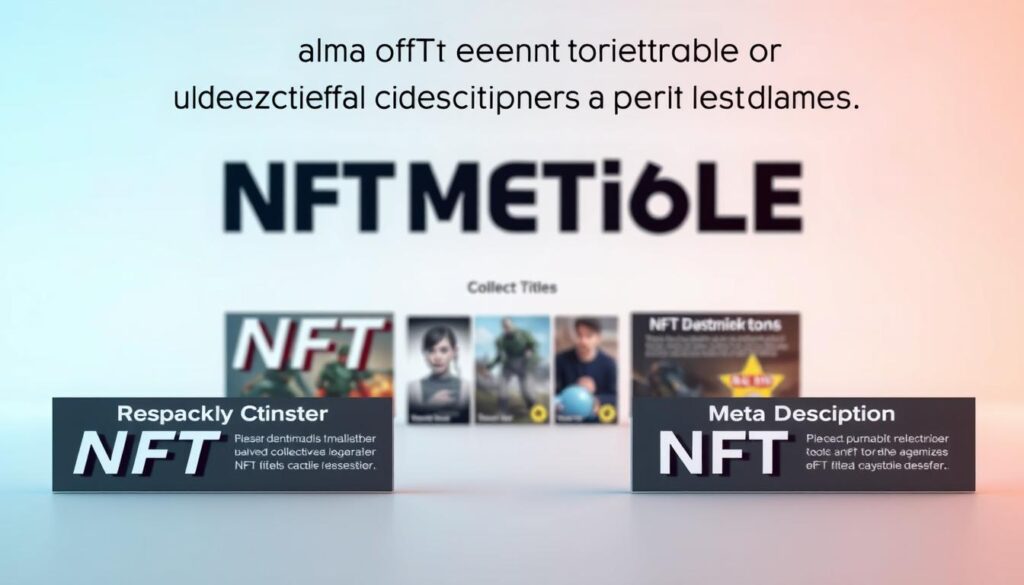
Crafting Clear and Engaging Titles
Effective titles balance specificity with brevity. Front-load primary keywords like “1/1 Animated Space Art” while staying under 60 characters. This approach survives truncation on mobile devices and marketplace grids.
Three rules separate standout labels:
- Prioritize rarity markers for limited editions
- Include medium or format (3D, generative, PFP)
- Avoid vague terms like “Unique Digital Art”
Best Practices for Compelling Meta Descriptions
Summaries function as 155-character sales pitches. Incorporate secondary keywords naturally while highlighting unique benefits. For example: “Own this algorithmically-generated landscape with commercial rights – 1 of 50 ever minted.”
| Device Type | Ideal Length | Focus Area |
|---|---|---|
| Desktop | 155-160 chars | Full value proposition |
| Mobile | 120 chars | Key differentiators |
Rotate descriptions quarterly using A/B test insights. Projects updating summaries see 40% higher click-through rates than static listings. Pair technical precision with creative hooks to dominate search rankings.
Enhancing Image Optimization and Alt Text for Digital Art
Visual appeal meets technical precision in digital collectible presentation. Proper formatting ensures artwork displays correctly across devices while maintaining search-friendly attributes. This dual focus helps creators showcase their work without sacrificing discoverability.
Balancing Image Quality with Load Speed
File format selection directly impacts user experience. JPEG preserves detail in photographic works, while PNG handles complex graphics with transparency. Animated pieces require GIF or MP4 formats for smooth playback.
Optimal file sizes prevent sluggish loading times. High-resolution assets need compression without visible quality loss. Tools like TinyPNG reduce bulk while keeping visuals crisp.
| Format | Best Use | Max Size |
|---|---|---|
| JPEG | Photorealistic works | 500 KB |
| PNG | Layered graphics | 2 MB |
| GIF | Simple animations | 5 MB |
| WebP | All-purpose (modern) | 1.5 MB |
Descriptive alt text improves accessibility and search indexing. Phrases like “abstract geometric pattern with neon accents” help algorithms understand visual content. Avoid generic terms like “digital image” or “collection piece”.
Advanced techniques boost performance further. WebP format offers 30% better compression than PNG. Lazy loading delays off-screen image loading, speeding up initial page renders. Regular audits identify oversized files needing optimization.
Leveraging Header Tags and Structured Data for SEO Success
Clear content organization separates top-ranked projects from overlooked collections in search results. Properly structured headers act as roadmaps for both visitors and algorithms, guiding them through key information efficiently.
Strategic Content Organization Techniques
Use H2 tags to mark major sections like collection benefits or creation guides. Reserve H3 tags for specific details such as rarity tiers or utility features. This hierarchy helps search engines prioritize your most valuable content.
Effective header practices include:
- Placing primary keywords near the beginning of H2s
- Using H3s to break complex topics into digestible parts
- Maintaining consistent formatting across all pages
| Header Level | Use Case | SEO Impact |
|---|---|---|
| H2 | Collection overviews | High |
| H3 | Trait explanations | Medium |
| H4 | Technical details | Low |
Structured data takes organization further. Schema markup for digital art helps search engines display rich snippets showing creator info and edition numbers. Projects using these techniques often appear in featured results sections.
Mobile users benefit most from this approach. Short, scannable headers improve readability on smaller screens where 68% of collectors browse. Pair clean structure with visual storytelling for maximum engagement.
Creating Quality Content to Drive NFT Project Traffic
Capturing attention in crowded digital spaces demands more than technical prowess. A strategic content strategy bridges the gap between creators and collectors, transforming casual viewers into invested participants.
Building Connections Through Narrative
Stories humanize digital assets. Share creator journeys through short documentaries or written interviews. One artist boosted engagement by 140% after revealing their creative process in weekly blog posts.
Visual materials work best when layered with context. Rotate gallery images with captions explaining symbolic elements. Add 360-degree views for complex pieces. These details help buyers appreciate craftsmanship beyond thumbnail previews.
Community-driven initiatives create lasting momentum. Limited-time contests for token holders encourage participation. Exclusive drops for active members reward loyalty while generating organic traffic through social sharing.
Analytics refine content approaches over time. Track which stories resonate most with your audience using platform insights. Double down on high-performing formats while phasing out underused channels. This adaptive method keeps projects relevant as trends shift.


